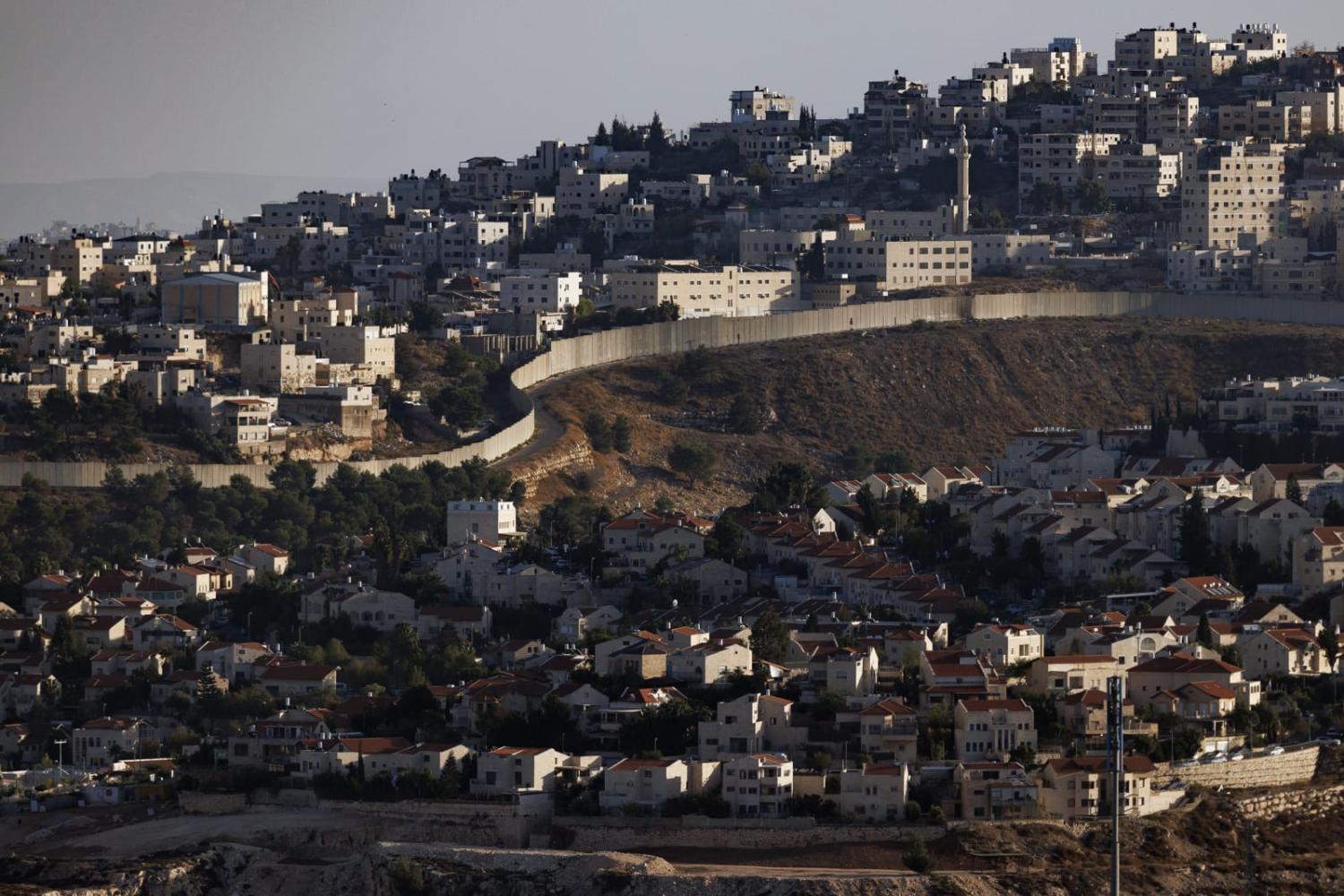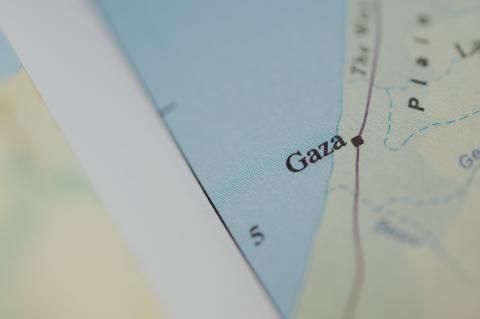It is still unclear if, and to what extent, Israel will manage to remove Hamas from power in Gaza. But already a debate has opened up about what will replace it. Israel’s Prime Minister Benjamin Netanyahu has suggested that Israel is ready to reoccupy the territory. Rejecting that, US Secretary of State Antony Blinken has insisted that the Ramallah-based Palestinian Authority (PA) must return to Gaza.
But what do Gazans want? They would surely view any force that followed the Israeli military into Gaza as occupiers, whether they were Palestinian, Egyptian, Jordanian or Emirati. That is one reason that the PA is leery of being saddled with responsibility for Gaza.
According to an old Palestinian joke, when former Israeli Prime Minister Yitzhak Rabin first offered Gaza to Yasser Arafat, the PLO leader responded: “OK, but what do I get in return?” The only way the PA could be induced back to Gaza, and Gazans could be persuaded to accept the new administration, would be if it were viewed as a genuine stepping-stone to Palestinian statehood.
But believers in the two-state solution are much harder to find these days. Many assert that it is no longer possible. Some, because they want all the land for themselves. Others, because they see the core issues – Jerusalem, refugees, territory and security – as demonstrably insoluble. It is also argued that Israel’s alteration of “facts on the ground”, and especially its expanding settlements, have put territorial compromise out of reach and that the Palestinians have shown themselves unable to take on the responsibilities of statehood. The ascendancy of hardliners on both sides has made compromise harder than ever.
These arguments are all overstated. A two-state solution may be much harder to achieve than it once appeared to be, but failure does not prove futility. Much can be learnt from the many mistakes made by Israelis, Palestinians and Americans. The small group of US diplomats who oversaw the peace process were undeniably talented but they did not always get it right, as their memoirs often attest.
The failure of the summit at Camp David in 2000 is still routinely cited as evidence that a deal can’t be done. But what actually took place remains unclear. Either way, in the years since, negotiators – whether track one or track two – have added enormous detail to the rough ideas first floated at Camp David. The complexity of the issues is no longer the main problem.
There is no denying that physical and demographic changes in the West Bank have made a viable two-state solution that much harder to implement. As the population of Israeli settlers in the West Bank has grown, so too has the number of people who would have to relocate as part of a peace agreement. That would be difficult, but people, buildings, walls and roads can all be moved.
The weakness of the PA is not evidence of Palestinian inability to self-govern. It is primarily a consequence of the failed peace process. The PA was established a stepping-stone towards Palestinian statehood. But decades of failure to get any closer to that goal have left it with little authority and even less legitimacy. A credible pathway to statehood would enable and empower a more authoritative Palestinian entity.
Because public opinion is hardening on both sides and trust is at an all-time low, there is little point at this stage in bringing the two sides together “so they can work out their differences”. Rather, the first goal should be to change the wider environment. The breakthroughs of the 1990s were initiated by inspired individuals, but ultimately enabled by major geopolitical shifts: the end of the Cold War and America’s “unipolar moment”.
That unipolar moment has passed. The world can no longer expect Washington to solve the Palestinian-Israeli conflict. In any event, America’s dysfunctional domestic politics will make it harder for the White House to sustain a coherent approach to the issue, especially as it seeks to rebalance away from the Middle East.
Although China and Russia have opportunistically aligned their rhetoric with the Global South, neither is playing a substantial role on any side of the conflict. The resurgence of great power competition is evident in other parts of the Middle East but notably absent from the Israeli-Palestinian dispute.
Yet, the current fighting has underscored the global impact of the Israeli-Palestinian conflict. Governments around the world find themselves preoccupied with the issue because their publics are animated and polarised, regional stability and security is threatened, and other pressing issues are being crowded out, especially at the United Nations.
So, it should be possible to build an international coalition around a solution. Countries as diverse as Australia, Indonesia, Germany and Saudi Arabia can probably now agree on the parameters for a two-state solution in far more detail than they could 10 or 20 years ago. The international community also has under-utilised leverage. It will soon be asked to again to dig deep to ameliorate the consequences of conflict. Coordinated application of this leverage could change the decision-making calculus of Israelis and Palestinians and perhaps even help usher in new leadership.

